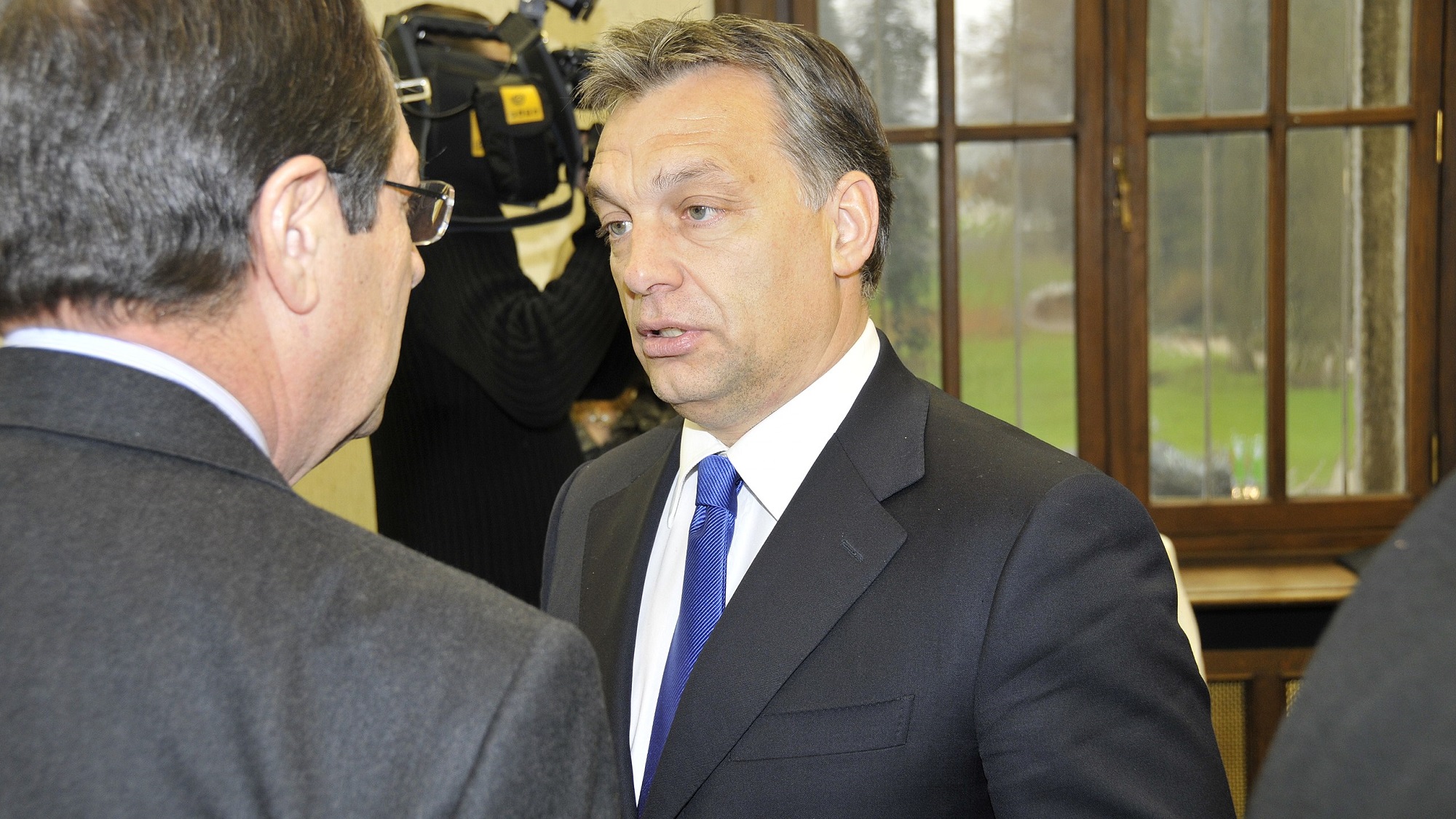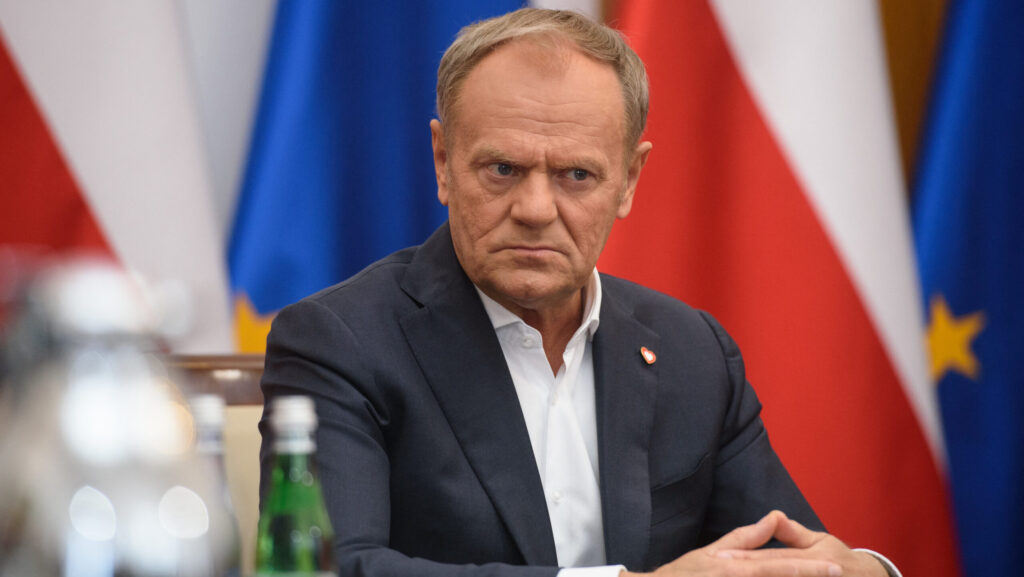Prime Minister Viktor Orbán of Hungary is the longest-serving head of government in the European Union. He is currently serving his fourth consecutive term after taking office for a second time in 2010. He won that election on this very day, 15 years ago, on 25 April 2010.
As for honorary heads of state, he is topped by King Carl XVI Gustaf of Sweden, having taken the crown in 1973; and Henri, Grand Duke of Luxembourg, who assumed his title in 2000. In recent history, PM Orbán’s tenure is up there with that of Chancellor Angela Merkel of Germany (2005–2021), or Prime Minister Mark Rutte of the Netherlands (2010–2024), who is also the current NATO Secretary-General.
PM Orbán is the longest-serving Prime Minister in Hungarian history. He is followed by Kálmán Tisza de Borosjenő, who served as Prime Minister of Hungary in the time of the dual Austro–Hungarian Monarchy for almost 15 years, between October 1875 and March 1890.
Viktor Orbán first took office in 1998, after forming a coalition government with the Smallholders’ Party. However, he lost his reelection bid in 2002 to Péter Medgyessy of the Hungarian Socialist Party (MSZP). MSZP also narrowly won the 2006 election, then, with Ferenc Gyurcsány as their nominee for Prime Minister.
By the time the 2010 election came around, MSZP was in complete disarray. The infamous Öszöd speech, in which PM Gyurcsány admits to continuously lying during his campaign and ruining the country’s finances, was leaked in October 2006, sparking mass riots. Gyurcsány refused to resign at the time, but eventually was forced to do so after the foreign currency loan crisis blew up in the country and the 2008 financial crisis hit Hungary even more than other European nations. Gordon Bajnai succeeded him in office in 2009.
Prime Minister Viktor Orbán was poised for a triumphant return, leading the Fidesz-KDNP coalition this time, in 2010.
As expected, he won in a landslide. On 25 April 2010, the results were in. Fidesz won 52.7 per cent of the popular vote, topping second-place finisher MSZP by a whopping 33.4 (!) points. The National Assembly of Hungary had 386 seats at the time, of which Fidesz-KDNP took 263, over two-thirds. Thus, they had the ability to amend the Constitution without getting any votes from the opposition. Fidesz has won three more elections in a row with a constitutional supermajority, which is an incredible feat.
PM Orbán used his supermajority in Parliament to transfer Hungary’s aid-based social security system to a work-based one. As a result, Hungary has had one of the lowest unemployment rates in the EU for years. He also committed a big part of the national government budget to family support, and gave tax credits for those raising children to combat the country’s declining birth rate.
Related articles:








